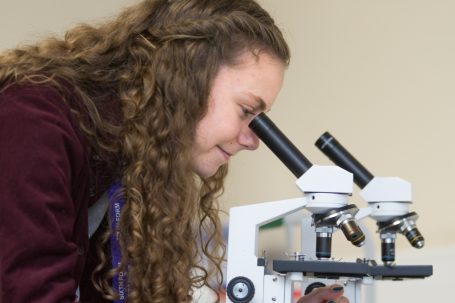The theory of evolution underpins modern Biology. All new species arise from an existing species. This results in different species sharing a common ancestry, as represented in phylogenetic classification. Common ancestry can explain the similarities between all living organisms, such as common chemistry (eg all proteins made from the same 20 or so amino acids), physiological pathways (eg anaerobic respiration), cell structure, DNA as the genetic material and a ‘universal’ genetic code.
The individuals of a species share the same genes but (usually) different combinations of alleles of these genes. An individual inherits alleles from their parent or parents.
A species exists as one or more populations. There is variation in the phenotypes of organisms in a population, due to genetic and environmental factors. Two forces affect genetic variation in populations: genetic drift and natural selection. Genetic drift can cause changes in allele frequency in small populations. Natural selection occurs when alleles that enhance the fitness of the individuals that carry them rise in frequency. A change in the allele frequency of a population is evolution.
If a population becomes isolated from other populations of the same species, there will be no gene flow between the isolated population and the others. This may lead to the accumulation of genetic differences in the isolated population, compared with the other populations. These differences may ultimately lead to organisms in the isolated population becoming unable to breed and produce fertile offspring with organisms from the other populations. This reproductive isolation means that a new species has evolved.
Populations of different species live in communities. Competition occurs within and between these populations for the means of survival. Within a single community, one population is affected by other populations, the biotic factors, in its environment. Populations within communities are also affected by, and in turn affect, the abiotic (physicochemical) factors in an ecosystem.




